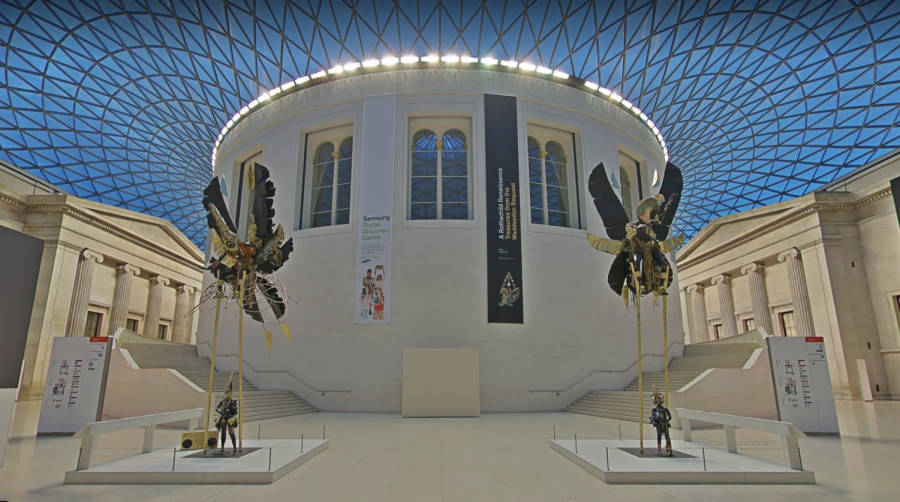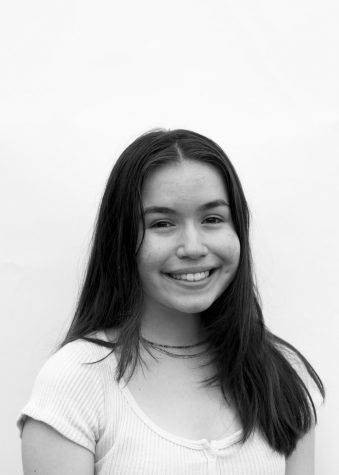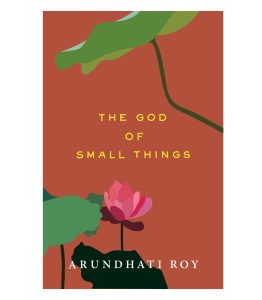Galleries on Demand: How Museums Innovate During a Pandemic
Museums have adapted to the pandemic through virtual tours and galleries.
January 28, 2021
Museum operations around the world ground to a halt almost a year ago as health and safety limitations required them to close their doors to the public. While they adjusted to life online, a question arose for the staff members of these institutions: How does an experience built on visiting displays of art and science in-person translate online?
Many major museums had preexisting online databases that allowed curators to catalogue collections, available to any audience through museum websites. “It was just a poor alternative,” explained Dr. Rosina Buckland, Curator of Japanese Collections at the British Museum, to the Register Forum, “The real deal was to go to the museum and look at the objects.”
Without in-person visitors, however, attention was diverted to focus fully on digital programming. Barbara Beaudoin, Administrative Director of the Harvard Museums of Science and Culture (HMSC), shared her initial thought process with the Register Forum, “The questions were really about, ‘Well, what does the audience need? What are people looking for?’” The HMSC, which include the Peabody Museum, Museum of Natural History, Collection of Historical Scientific Instruments, and Museum of the Ancient Near East, are a beloved and well-visited part of the Cambridge community, and they have worked to take advantage of online capabilities.
With a wide range in age of audience members, the Harvard Museums of Science and Culture have also needed to consider how to hold the interest of a younger audience, leading to the creation of “Animal Snack Time.” Beaudoin told the Register Forum, “We started really brainstorming and getting creative, and were in conversation with Javier Morin, who feeds the animals. So the idea came about, showing the animals being fed [on Zoom] and talking through the creatures that are involved. It gives people something to focus on that wasn’t so heavy during a challenging time.”
Another among the offerings through HMSC Connects, a collection of the programming produced online are virtual workshops on topics, such as “Sketching and Mindfulness.” “People are looking for that creative outlet, looking for something to do beyond just watching the Zoom interface,” Beaudoin hypothesized, “With virtual sketching classes, we’ve seen really high numbers of interest.”
Several institutions have noticed an expanded audience as a result of digital programming. David Pullins, Associate Curator of European Paintings at the Metropolitan Museum of Art, noticed that there were “people a few blocks away [from the museum] searching things and watching the videos … and people very far away who may never even come to New York.” Director of Academic and Public Programs at Harvard Art Museums David Odo reflected, “We opened our eyes to the potential of reaching beyond our geographic community.”
The forced closures of many institutions also initially left “a complex web of objects that were on loan and being lent to institutions around the world,” explained Buckland, “If, say, the British Museum had lent an object to Boston, the conservator from the British Museum would be watching someone through video feed in Boston deinstalling it and saying, ‘No, you need to hold it by that part of the object,’ or ‘Don’t turn it on its side because that piece might fall off.’”
These international connections would normally be replaced by visits between museum officials. A hugely important aspect of exhibition work, Buckland fears that personal relationships between international art institutions are unable to be formed online. “It’s the same in any culture that in a formal situation you’re under constraints, but as soon as you start to relax at the end of an event, then you can get a tricky request in like, ‘Can I borrow your national treasure for my exhibition?’”
More locally, in Cambridge, the Harvard Art Museums are continuing their student tours, usually led in-person by Harvard students, through live Zoom sessions, projecting images of objects normally on display. This format of online programming requires extensive adaptation, however, and the experience of guiding visitors through a gallery cannot be transferred online without reconsideration. Odo detailed the process to the Register Forum: “Taking attention spans into account, we make sure that everything is an appropriate amount of time. We also try to make sure that we use the best practices in terms of font size and contrast, looking into universal design. Accessibility advocates have come up with a lot of good strategies, which we think about in planning both teaching and programs.”
During their period of closing, many museum officials were granted valuable time to reevaluate their essential practices in the light of rising social justice movements. Odo discovered this examination occurring particularly in the training of student guides: “We’ve encouraged the students to think about what kind of works they are selecting to research and talk to the public about, so that they could better include works by women artists and artists of color.” Odo continued, “Then, considering the themes and issues in the objects, whether they might be related to social justice or environmental justice, for example.”
The hiring process in museums was another aspect to be dismantled and reconsidered. Buckland found herself frustrated by this practice, however, “It goes much deeper than that, because it’s about getting kids interested in the field. That’s where we need to be going into schools and telling any interested kids that this is for you, this is also your history and these are your objects.”
Though the timeline is unclear, as museums begin to reopen and become reincorporated into their communities, there will likely be a renewed interest by those who had not previously taken the opportunity to visit. Pullins noticed a recurring interaction since the Met’s opening which will frequent the halls of countless museums, local and national, in the coming months: “What was so heartening in those first days [of being open],” Pullins told the Register Forum, “was the degree to which so many people stopped you and said, ‘I’m so grateful to be here.’ The space is something people needed.”










